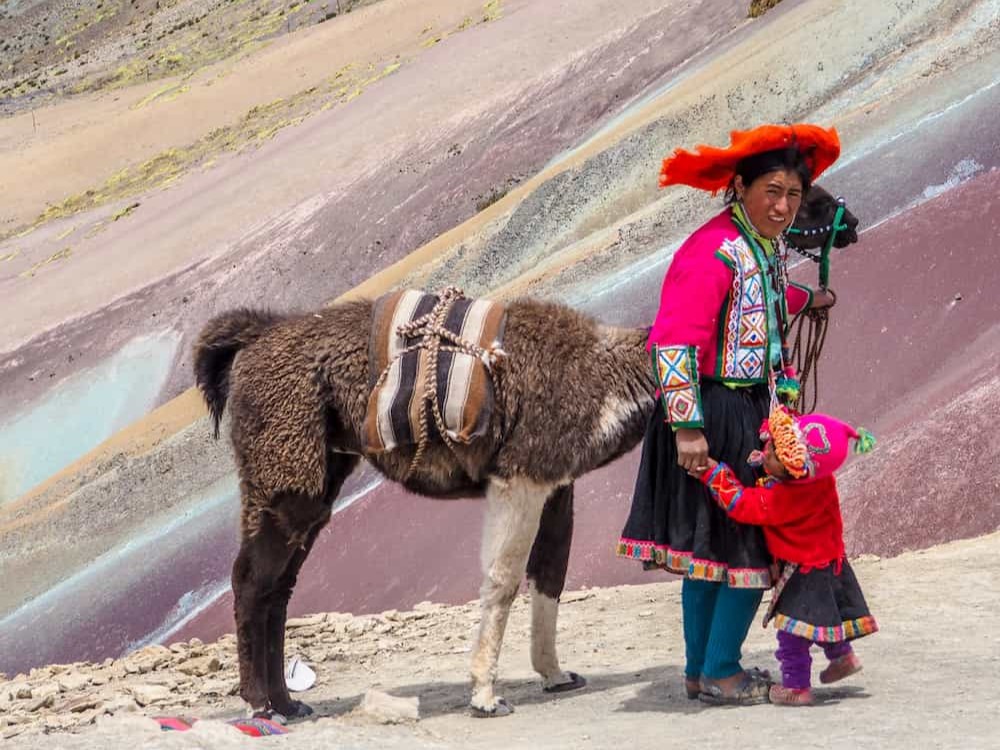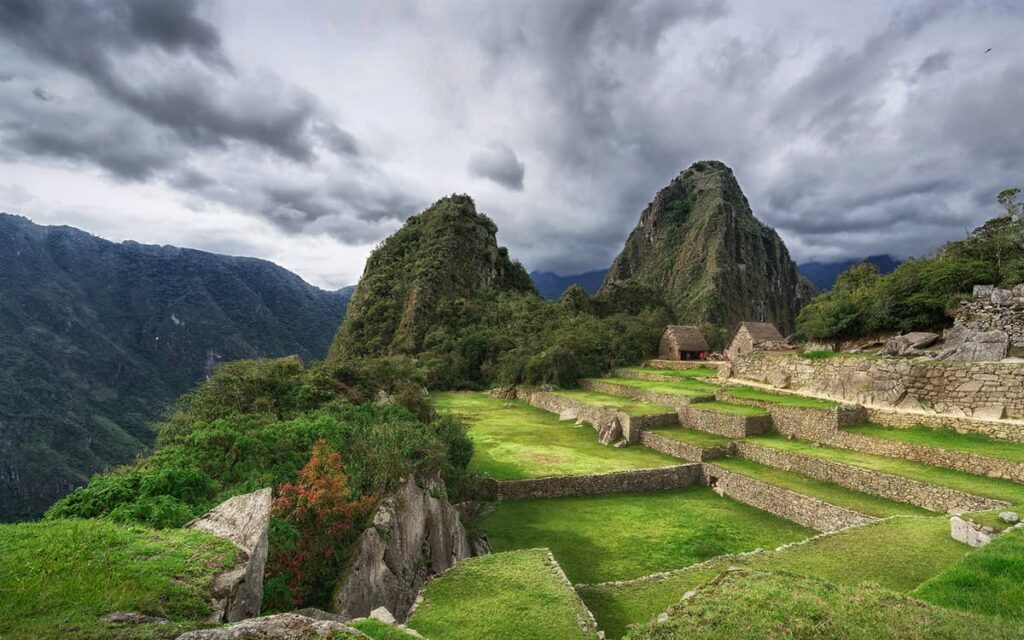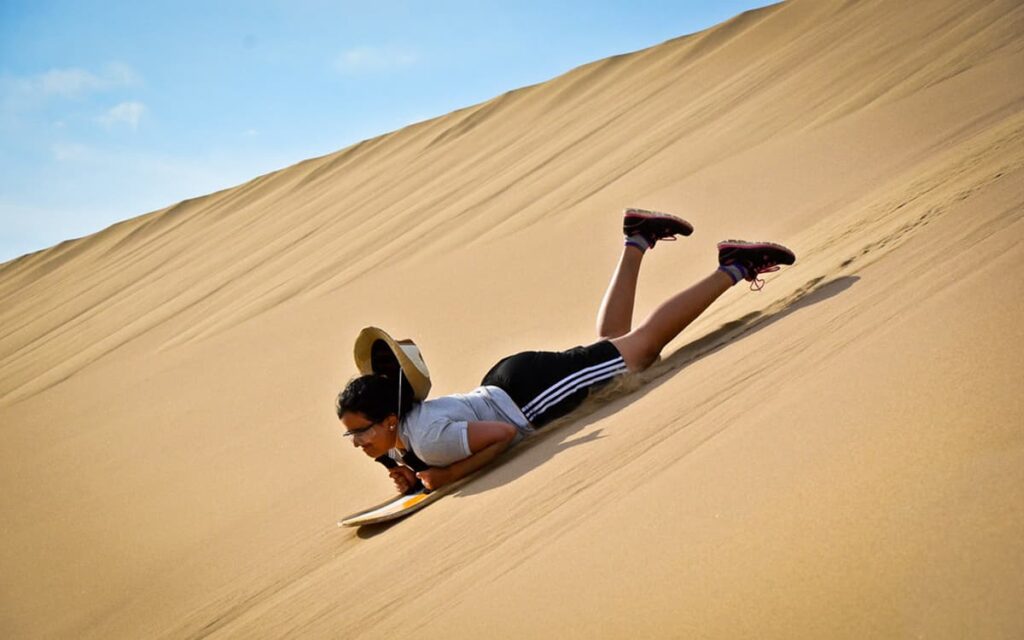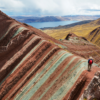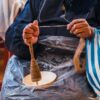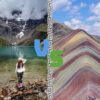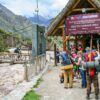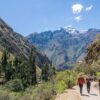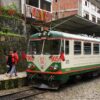The Nazca Culture developed in the Rio Grande valley in the province of Nazca (current department of Ica). At its peak, it spread from Chincha in the north to the Acarí valley in the south, in the province of Caravelí (Arequipa).
Nazca Culture was discovered by Max Uhle in 1901. Chronologically, it is located in the Early Intermediate Period, between the year 10 BC. until 700 AD
Of the ancient civilizations of Peru, the Nazca culture usually stands out both for its advanced technology and diverse work in different cultural areas, as well as for the gigantic drawings that they made in the Nazca Pampas.
The Nazca Culture is based on the discoveries made by researchers regarding this archaeological city that has a presence in Ancient Peru, just like the Mochica culture.
It is believed that this civilization developed in the settlements of the valleys that currently make up the department of Ica.
It is estimated that this city had its life around the 1st century, going into decline by the 7th century. Its center was in Cahuachi, which was located on the left bank of the Rio Grande that is in the province of Nazca today.
Location
Its main seat was Kawachi, the first city of Peru, in the province of Nazca, later extending through the valleys of Río Grande, Ingenio, Ocucaje in the Ica valley and Topará to the north of Chincha and the Acarí valley to the south.
Nazca is a valley in the middle of the desert. There an agriculture flourished thanks to the construction of numerous channels and underground aqueducts that allowed rational use of underground water, springs, puquios or the flow of rivers, in increasing times. Some of the works continue to be used by current farmers.
History of the Nazca Culture
The history of the Nazca Culture can be divided into four stages:
Born early: The first Nazca Civilization developed in the Rio Grande basin, with their own ceramics, without foreign influences.
Nazca medio: It is the time of the formation of the culture, under the influence of the Paracas-Necropolis culture (today known as Topará Culture). The iconographic representations of their gods begin in their ceramics and textiles. The ceremonial and administrative center of Cahuachi also arises.
Born late: It is a time of change, when Cahuachi is abandoned, moving its population to another place. The center of La Estaquería stands out. It is believed that the Nazca Civilization established relations with the Huarpas at that time, a town in the mountains, near present-day Ayacucho, a contact that had fundamental importance in the emergence of the Huari Culture.
Nazca final: It is the decline, which begins around 700 d. C. Its causes are unknown; They were possibly due to a combination of climatic reverses, as there is evidence of a retreat of the agricultural frontier, at the expense of the desert. Another possibility is the arrival of bellicose populations, such as the Waris.
Nazca Civilization economy.
The economy of Nazca Civilization, like many that are part of the cultural heritage of Peru, was based on intensive agriculture. And it is that the Nazca culture was able to solve the problem that constitutes the uncultivated lands that were on the coast.
But in addition to planting, they also engaged in other economic areas such as fishing and commerce.
Agricultural activity represented a real challenge for the Nazca, who had to find a way to solve one of the strongest problems that faced them and were related to geographical location.
Technical Development
Agricultural Technology
The inhabitants of the Nazca culture were great farmers. They irrigated the desert lands through surface canals and underground aqueducts.
They also fertilized them to make them more fertile, in the absence of agricultural fields they built platforms on the slopes of the hills.
However, what is most striking about this agricultural technology is that it is the only one in pre-Hispanic Peru and the world to build aqueducts. They were true underground routes with ventilation, through which the water circulated in different directions and still passing under the river beds.
How were these wonders of Ancient Peru built? According to experts, the following steps were followed:
They opened vents vertically, from section to section, at a distance of 20, 30 or 50 meters. Their depth varied between 3 and 7 meters, they had a diameter of approximately 1 meter. Then they lined it with stones or huarango sticks.
They dug the tunnels or galleries horizontally to connect the first vent with the second, then the second with the third, and so on with all the other vents.
They raised side walls made of pebbles, joined together, without mortar.
The bases of the galleries were masked or paved. The same happened with the ceilings.
At the end of the gallery they built a reservoir or a pond in a circular, rectangular or quadrangular shape. Its side walls had a single hatch. There they stored the water for irrigation.
The Nazca Lines in Perú
Next to the underground aqueducts, the enigmatic geometric figures existing in the Nazca pampas also attract attention. Located between kilometers 419 and 465 of the current South Pan-American Highway, they extend over an area of ??350 square kilometers. They are huge figures that can be seen from an airplane or from nearby hills; even from a viewpoint built expressly for this purpose.
They were discovered by the archaeologist Toribio Mejia Xesspe in 1927. They have been studied since 1941 by the American Paul Kosok and especially by the German Maria Reiche. These works that take almost half a century try to unravel the meaning of the Nazca Lines in Perú.
To draw these lines the ancient settlers of the Nazca Culture used various instruments; the tupu which was a metal or wooden plate placed perpendicular to the Earth to project the shadow of the Sun and the Moon, the theodolite which was a wooden or terracotta tube from which a plumb line hung to trace the course of the lines; and the string and the water level. Thus they represented figures of animals, human beings, plants and geometric motifs.
What do these figures represent? There is no certain answer. Opinions are divided on this.
For some like Toribio Mejía they are dry or sacred roads.
For Hans Horkheimer, the lines in the shape of small squares were places for sacred meetings, the lines are geological lines of the groups concentrated there and the figures have had a choreographic purpose.
According to Paul Kosok and María Reiche the lines are related to astronomy.
This last hypothesis is the most accepted. The inhabitants of the Nazca Culture were excellent farmers and had the need to know the direction of the stars by means of lines to determine the seasons of the year. In this way, the different agricultural tasks would be facilitated, as well as the rest and party periods for example:
- The 135-meter condor would also be the messenger of the proximity of the storms that have to moisten the earth.
- The varec, a kind of seaweed that was used as fertilizer.
- The 33-meter tarantula is a symbol of agricultural fertility.
Finally, the huarango refers to its wood, used for the construction of the underground aqueducts.
Based on this knowledge, the ancient Nazquenses would have developed a calendar that would be the largest in the world.
The Nazca Lines in Perú have remained almost intact through time, despite having a harsh climate, this is due to the layer of the soil rich in gypsum and the formation of a hot air cushion which protects the lines. Visit this destination in the 8 Days Trip in Perú.
Artistic Expressions
The Architecture
The city of Kawachi. An important aspect in the Nazca culture is the appearance of the city. Located 49 kilometers from Santiago de Nazca. They built houses for housing and public buildings and also a large pyramid-shaped temple and platforms. It was built on a natural mound more than 20 meters above the surface. There are also squares, streets and canals that make one think of a true urban center.
Another example of the great architecture of the Nazca culture is the place called La Estaquería near Kawachi. It was an original religious center, a square platform where there are 240 tall huarango posts that give the idea of ??supporting a roof.
Like Kawachi, other centers of human concentration were Tambo Viejo and La Tinguiña.
The Ceramic
His works were characterized by their polychrome, decoration and shape.
The surface of his pottery was painted in all colors except green and blue.
The pigments used were minerals extracted from the arid deserts of the region. Even the dyes were exported to other regions, such as Titicaca.
The decoration in the beginning were naturalistic, Later they became «baroque». They drew easily identifiable plants and animals in the first phase. In the later phase, possibly due to external causes, people were more abstract and mythical. Here the trophy heads appear, as an indication of the existence of a military society in the process of expansion due to the desertification of the South Coast.
The shape of the most abundant pieces are fleshy or lenticular. They have two divergent peaks that are joined by a bridge handle. There are also others in the form of bottles, tubular glasses and pots with handles on the top.
Textile
The textile art of the Nazca Culture did not reach a high development, as in the Paracas Culture. The Nazca settlers buried their dead wrapped in blankets.
The Nazca people firmly believed in a life after death, this belief led them to mummify their corpses and wrap them with very fine fabrics, which after 2000 years still show their quality and color today. In Nazca times, as in many other pre-Inca civilizations, textiles seem to have played an important role, in the case of Nazca, their textiles were works of art made with great skill, of materials such as cotton and camelid fiber. Andean. In the Nazca Culture, textiles were considered an important element of distinction within society, and were used in burials, the corpse would have to be wrapped with these beautiful fabrics in order to accompany the dead in the afterlife.
If you travel to Perú, we also recommend you to visit another impressive destinations in the city of Cusco like the tour to rainbow mountain peru or the humantay lake tour from cusco, which only takes one day. But if you are gonna to stay more days in Cusco, other archaeological places you can know will be the choquequirao trek peru, the salkantay trek to machu picchu, and the classic inca trail 4 days 3 nights.

